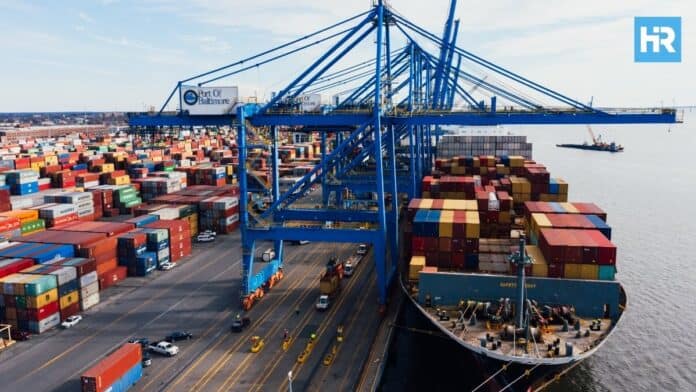The three-day strike that shut down U.S. East and Gulf Coast ports has ended.
Both sides made their moves, and in the end, they came to a deal that got things back on track before too much damage was done.
Let’s take a closer look at what happened during the strike, the agreement reached, and what to expect next.
- The U.S. East and Gulf Coast port strike wrapped up in just three days, avoiding major disruptions.
- Workers secured a pay increase that will raise wages by 62% over six years.
- It could take up to two weeks for ports to clear the backlog and resume normal operations.
The Deal: What Was Agreed and Why It Matters
The main issue between the International Longshoremen’s Association (ILA) and the United States Maritime Alliance (USMX) was how much workers should be paid.
The USMX initially offered a $3-per-hour raise, but the union pushed for $4.
When no agreement was reached, the strike began on Tuesday, the first since 1977.
After three days, the USMX agreed to the $4 raise, which immediately increased wages from $39 to $43 an hour.
The deal also includes a $4-per-hour raise every year for six years, increasing 62% by the end of the contract.
The workers, who weren’t getting paid during the strike and didn’t have strike benefits, were ready to return to work as soon as possible.
So, they quickly accepted the deal.
However, they still need to finalize some parts of the contract before it becomes official.
Getting Back to Normal: Clearing the Backlog at the Ports
Even though the strike didn’t last long, it will take some time to get things back on track at the ports.
Before the strike started, experts said that for every day a port is closed, it could take three to five days to catch up.
Since the strike lasted three days, it could take up to two weeks for ports like New York and New Jersey to fully recover.
As of Friday morning, 24 ships, including 19 carrying 35,000 containers, were waiting offshore to unload at the Ports of New York and New Jersey.
The unloading process started again on Friday evening, but the gates for trucks to pick up goods didn’t reopen until Saturday.
And other ports along the coast are adding extra hours, including weekend shifts, to help move the backlog of goods faster.
Despite these delays, Beth Rooney, who manages the Port Authority of New York and New Jersey, believes the ports will catch up soon, just like they did after major events like Hurricane Sandy.
“We were able to recover quickly after longer closures in the past,” Rooney said, adding that all parts of the supply chain—trucks, rail, and warehouses—need to work together to speed up the process.
The Economy Dodged a Bullet, But What About the Future?
As you might expect, the short strike caused some financial losses, with the Port of New York and New Jersey losing about $250 to $300 million per day.
However, because the strike ended quickly, it had little effect on the overall U.S. economy.
Many companies had planned ahead, shipping extra goods earlier in the year to avoid potential problems.
Because of this, most holiday-season items were already in the U.S., avoiding any shortages.
J.P. Morgan had estimated that a longer strike could cost the economy up to $5 billion, but the short duration kept things under control.
Freight rates, which could have increased if the strike continued, are expected to remain steady.
Kevin Lyons, a supply chain expert, mentioned that any shortages, such as those seen with bottled water or paper products, will be quickly restocked.
Nonetheless, there is still some uncertainty.
The full contract still needs to be approved by the union’s members, which means another strike could happen if they disagree with the terms.
Similarly, a situation recently occurred with the International Association of Machinists, where workers rejected a deal despite support from their leaders.






